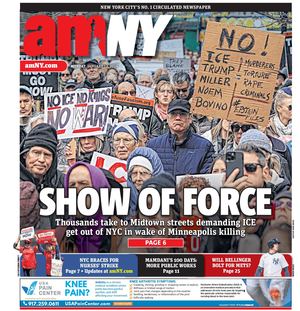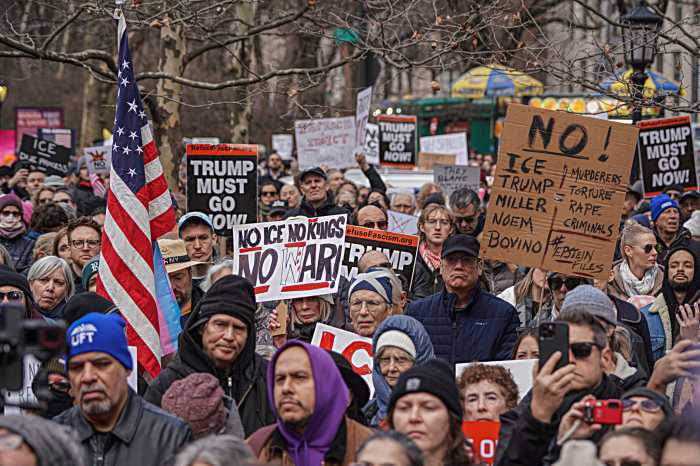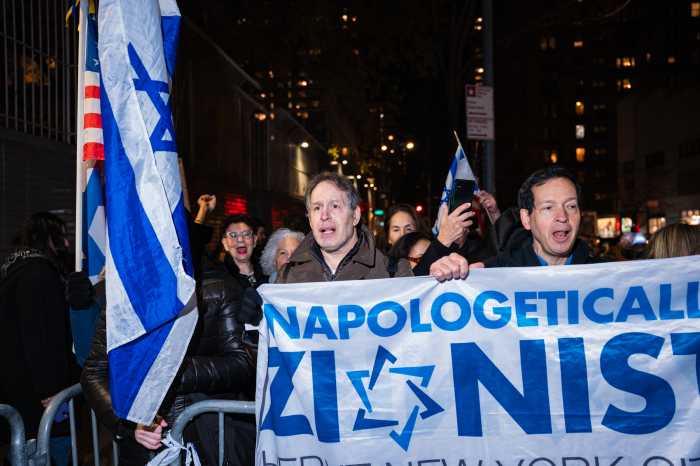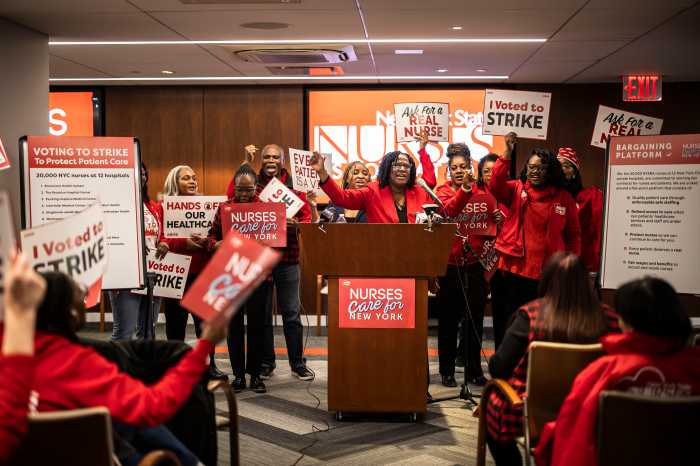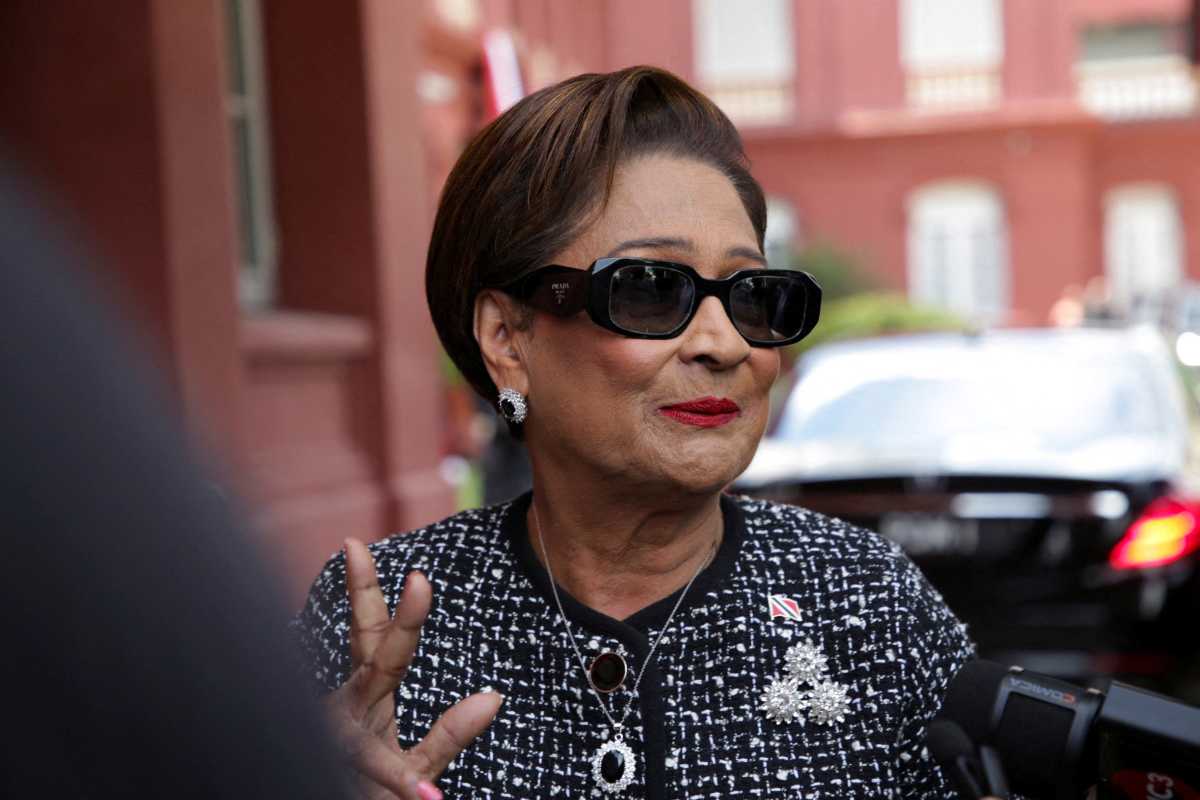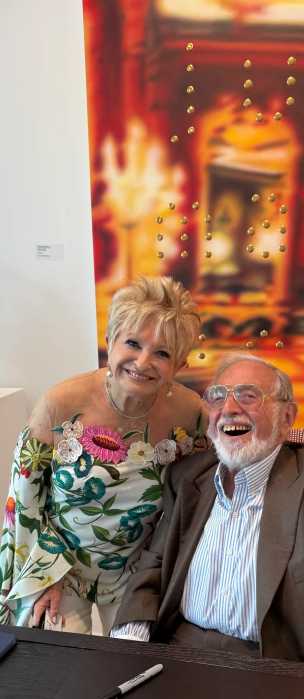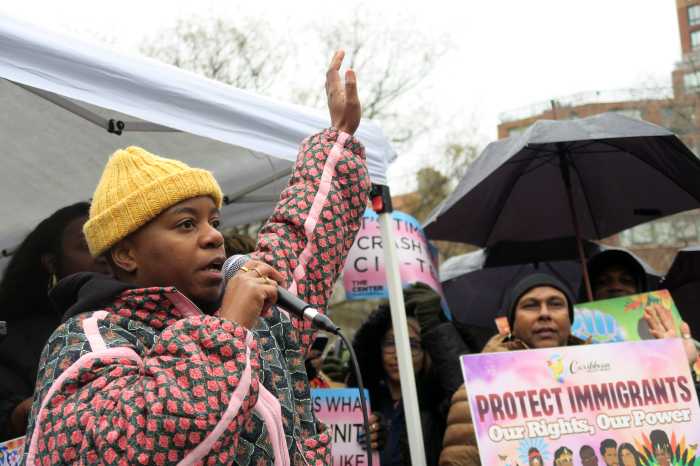When he saw a gun being passed to his friend at a Brownsville housing development earlier this year, Joseph prevented what could have been a deadly confrontation.
“I called him out,” the 26-year-old neighborhood resident said on a recent afternoon. “Told him ‘yo bro, this ain’t the time right now. You know, for me, bro.’ ”
His friend listened and walked off without incident. In a historically violent part of the neighborhood, the housing development where Joseph was hasn’t experienced a homicide in more than a year — with thanks to a local crime-prevention organization.
Joseph is now a “violence interrupter” with Brownsville In Violence Out (BIVO), a program that uses the “cure violence” model to reduce shootings by mediating conflicts before violence can occur and providing social services to young people.
BIVO, launched by the Brooklyn-based nonprofit organization CAMBA in 2015, targets a specific part of Brownsville where two housing developments, the Langston Hughes and Howard houses, have long seen gang-related shootings and other conflicts.
The developments are part of the NYPD’s 73rd Precinct, which in 2014 ranked second citywide in the number of murders with a total of 18. The only precinct with more that year was the 75th, which includes East New York, according to NYPD crime data.
“While the 73rd was largely problematic, within that largely problematic precinct was a very specific zone where most of the problems were coming from,” which is how BIVO determined where to focus, explained Wesner Pierre, vice president of education and youth development at CAMBA.
The program, which has an office at Chester Street and Pitkin Avenue, gives young people (ages 16-24) in both the Langston Hughes and Howard houses alternatives to gang violence by providing social services — like job training and placement, legal support and therapy — and organizing activities, including basketball tournaments and outings to concerts. The number of participants fluctuates, but can be in the 60s.
“Brownsville In Violence Out is working restlessly and relentlessly to stop shootings and killings in their community — and because of their hard work, passion and dedication we are seeing results,” Stephanie Ueberall, director of violence prevention at the Citizens Crime Commission of New York City, said in a statement.
In 2015, when BIVO was launched, there were nine shootings in the targeted zone, BIVO program manager Anthony Newerls said.
“Then it went down to six [in 2016] and then it went down to zero [in 2017],” Newerls said.
There have been at least two shootings in the zone in 2018, but no homicides in more than 400 days, said Newerls, who lives in the Howard Houses.
The drop in violence in BIVO’s targeted area did occur alongside a decrease in homicides across the entire precinct — until this year. NYPD data show 13 homicides in the 73rd in 2018, compared with nine last year, but none have occurred in BIVO’s zone.
The “cure violence” model was first implemented in the city in 2009 by the group Save Our Streets in Crown Heights. It has since been adopted in several other neighborhoods.
In East New York and the South Bronx, gun injuries dropped 50 percent and 37 percent, respectively, after “cure violence” programs were implemented, representing more significant drops than in neighborhoods that didn’t have similar programs, according to a study by the John Jay College of Criminal Justice released in October 2017.
Part of why the model is successful is because the “violence interrupters” are from the community and understand the challenges their neighbors face, Pierre said.
“They know a lot of the young people that are involved in the violence and the gang violence,” he said. “If something happens, we know very quickly who the entities are that are involved, whether or not there might be a retaliation and what we could do to prevent that.”
Though gangs are still present in the housing developments, the mindset about using violence to solve conflicts has changed.
“It’s hard to shoot at somebody and beat them up when they both have to come [to the same program],” Newerls said, adding that one of the participants told him BIVO has “accomplished a goal that we’ve never had before. We come to this office on our own, knowing that the other gentlemen are there, and when they’re there, we don’t wait outside for them to come out. We respect this space.’”
